One of the most popular subjects painted during the Italian Renaissance was the Annunciation (Luke 1: 26-38): the Angel Gabriel appeared to Mary and told her the Lord was with her, and she would give birth to a son, and she was to call him Jesus. Renaissance artists imagined this scene in a number of creative and interesting ways because there was no mention in the Biblical text of where this event occurred. Many Italian Renaissance artists painted the Annunciation again and again, in various settings, and with or without iconographic symbols.
In the “Annunciation” (1430-1432) (60.5” x 73”) Fra Angelico placed the scene on an elegant porch next to Mary’s cell, where she lived as a student in the Temple of Jerusalem. The round arches of the structure are supported by columns with Ionic scroll capitals with leafy bases. The ceiling is painted to represent Heaven, with a rich aquamarine blue spattered with gold stars. An elaborately carved classical floral frieze runs along the top edge of the porch, and red Tuscan tiles edge the roof. Two sculptured roundels with shell designs and detailed centers appear on either side of a larger roundel with the head of God carved in the center. To finish this elaborate porch, Fra Angelico painted a gold and blue marble floor.
Mary wears traditional garments: an aquamarine cloak over a light red gown, both edged with gold trim. Her robe is blue, the color of Heaven, associated with Mary’s divinity. The red color of her gown symbolizes Christ’s Passion, and the green color of her veil symbolizes regeneration and renewal. Mary wears a golden halo. Although her clothing covers her chair, the gold cloth of honor hung behind it designates it a royal throne. The open book on her lap represents her knowledge. She bows gently to Gabriel and crosses her hands over her chest in acceptance. His hands crossed, Gabriel bows to greet Mary, and he delivers the message as a white dove flies in on rays of golden light. Gabriel’s pink robe is decorated with bands of gold, and his wings are composed of a variety of golden feathers.
Gabriel’s wings direct the viewer’s attention to the scene of the expulsion of Adam and Eve from the Garden of Eden, Fra Angelico’s addition to the Annunciation scene. A Catholic tradition refers to Mary as the second Eve and Christ as the second Adam, making this scene a logical addition. At the upper left, connecting this scene with the Annunciation, is the golden globe of Heaven with God’s hands releasing the white dove to Mary. Having eaten the fruit of the Tree of Knowledge, Adam and Eve are clothed to hide their nakedness. At their feet are three pomegranates, representing the Trinity. The fruit of the Tree of Knowledge was often thought to be an apple or a pomegranate. Each flower and tree in the garden has a symbolic meaning associated with values and virtues, earthly reminders to humans of what was lost and what they should embrace to get into Heaven. Fra Angelico represented human damnation and salvation in this scene.
Botticelli’s “Annunciation” (1489-1490) (59’’x 61’’) demonstrates advancements in perspective and offers a different interpretation of the Annunciation. Mary has been praying at a prie diue (prayer desk) and sways dramatically as if to faint as Gabriel delivers the message. Botticelli is known for elongated, slender torsos drawn with long sweeping lines, and for elegant hand gestures. Gabriel, swathed in an abundance of wrapped and flowing drapery, makes a deep bow to Mary, and gestures with his right hand for her to be not afraid. He holds a stalk of five white lilies in his left hand. White lilies have been a symbol of purity since before the Christian era, and they were adopted by Christians to represent Mary’s purity and virginity. The golden center of the lily represents Christ in her womb. It is one of the first flowers of Spring; therefore, it symbolizes regeneration and rebirth, and the Resurrection of Christ.
Although he could paint accurate body proportions, Botticelli chose to depict elongated religious figures to give them the authority of royalty. However, he chose to depict indoor and outdoor space using accurate perspective. The terra cotta and white floor is an accurate depiction of a flat floor leading to the door at the back of the room. Beyond a small garden is another symbol of Mary: her virginity is an enclosed garden. Beyond the window, a peaceful landscape includes a walled city, a river with sailing ships, and a bridge. A hilltop town at the left is typical of the Italian countryside.
El Greco (Domenikos Theotokopoulos), trained in the late Byzantine tradition, moved to Venice, then Rome, where he absorbed the late Renaissance and Mannerist style, before he settled permanently in Toledo, Spain. His style springs from these eclectic roots. The “Annunciation” (1596-1600) (44.4’’x 25.5’’), painted near the end of his career, is an example of his unique, and highly spiritual style. El Greco drew from Italian Mannerism overly elongated figures to emphasize a more spiritual, less physical presence. Mary’s and Gabriel’s clothes are made of a shiny cloth that flows in dramatic folds over their thin torsos. Their hands, faces, and gestures appear normal, except their skin is pale, almost white. Gabriel’s harsh green robe, one of El Greco’s favorite colors, is a clear statement of new growth in Spring, and it reflects his response to the intense colors of Venice and the harsh colors of Mannerism. Both figures are placed at the front of the scene. No real perspective is provided; instead, nebulous blue-gray clouds cover the entire background. Perspective was absent in Byzantine icons because the scenes took place in Heaven, not on earth.
As in the painting by Fra Angelico, El Greco includes several symbols of Mary. At the left is a prie diue with Mary’s book. On the bottom ledge, a sewing basket contains red cloth and a white veil. According to the Armenian Gospel of Childhood (6th Century), while Mary was in the Temple, one of her jobs was to sew cloth hangings for the Temple. The white cloth alludes to the veil of the Temple she was said to be working on when Gabriel appeared. Above the basket is a burning bush. This unusual inclusion ties the Annunciation to Moses and the burning bush on Mount Sinai. The bush burned continually but was not consumed, symbolic of Mary, who would conceive a child but remain a perpetual virgin.
Clouds of cherubs rise into the sky above Mary and Gabriel, and the white dove of the Holy Spirit ascends with golden light behind. Music-making angels play in celebration at the top of the painting. At the right, an angel plays a bass viol, a second angel plays a harp, and a third angel strums a mandolin. In the center, an angel plays a harpsichord, another, a flute. At the left, an angel holds sheet music and conducts the ensemble. El Greco’s time in Venice acquainted him with the first representation of angels as musicians, and the bright colors favored by the Venetian painters. His unique style was highly appreciated by the Catholic Spanish court.
The evolution of Italian painting can be seen by the comparison of Fra Angelico’s “Annunciation” of 1423 with Gentileschi’s “Annunciation” of 1623. Fra Angelico’s “Annunciation” represents painting of the Late Gothic era into the Italian Renaissance. His work is filled with symbols, and they display religious figures and settings as aristocratic. Botticelli’s “Annunciation” represents fully the development of perspective and a down-to-earth realism. El Greco’s “Annunciation” reveals several artistic influences, including an emotional and heavily spiritual atmosphere resulting from the rise of the Protestant Reformation. Orazio Gentileschi’s “Annunciation” (1623) (112.5’’ x 77’’) represents the Italian Baroque era, when the Roman Catholic Church used art to encourage its members to return to and stay with the Church.
Italian Baroque paintings returned to naturalism in poses, proportions, and perspective, but presented dynamic and emotional scenes with the use of light and dark (chiaroscuro), diagonal compositions, and an intensely rich color palette. To add to the emotional experience, large swathes of red drapery were added everywhere. The setting of Gentileschi’s “Annunciation” is Mary’s bed chamber: Gabriel holds a stalk of white lilies and points to heaven while delivering God’s message. The dove of the Holy Spirit flies into the room from the upper right. Mary responds quietly to Gabriel’s message: “Behold the handmaid of the Lord, be it unto me according to thy word.” (King James Bible, published 1611). Beyond the drama of light and dark and rich colors, Baroque artists created an additional pull on the viewer’s emotions. Gentileschi’s painting is over nine feet tall and six feet wide, thereby, making the figures in the painting life-size or larger. For the first time, the viewer not only could witness the event, but also could be present in it.
Beverly Hall Smith was a professor of art history for 40 years. Since retiring with her husband Kurt to Chestertown six years ago, she has taught art history classes at WC-ALL and Chesapeake College’s Institute for Adult Learning. She is also an artist whose work is sometimes in exhibitions at Chestertown RiverArts and she paints sets for the Garfield Center for the Arts.
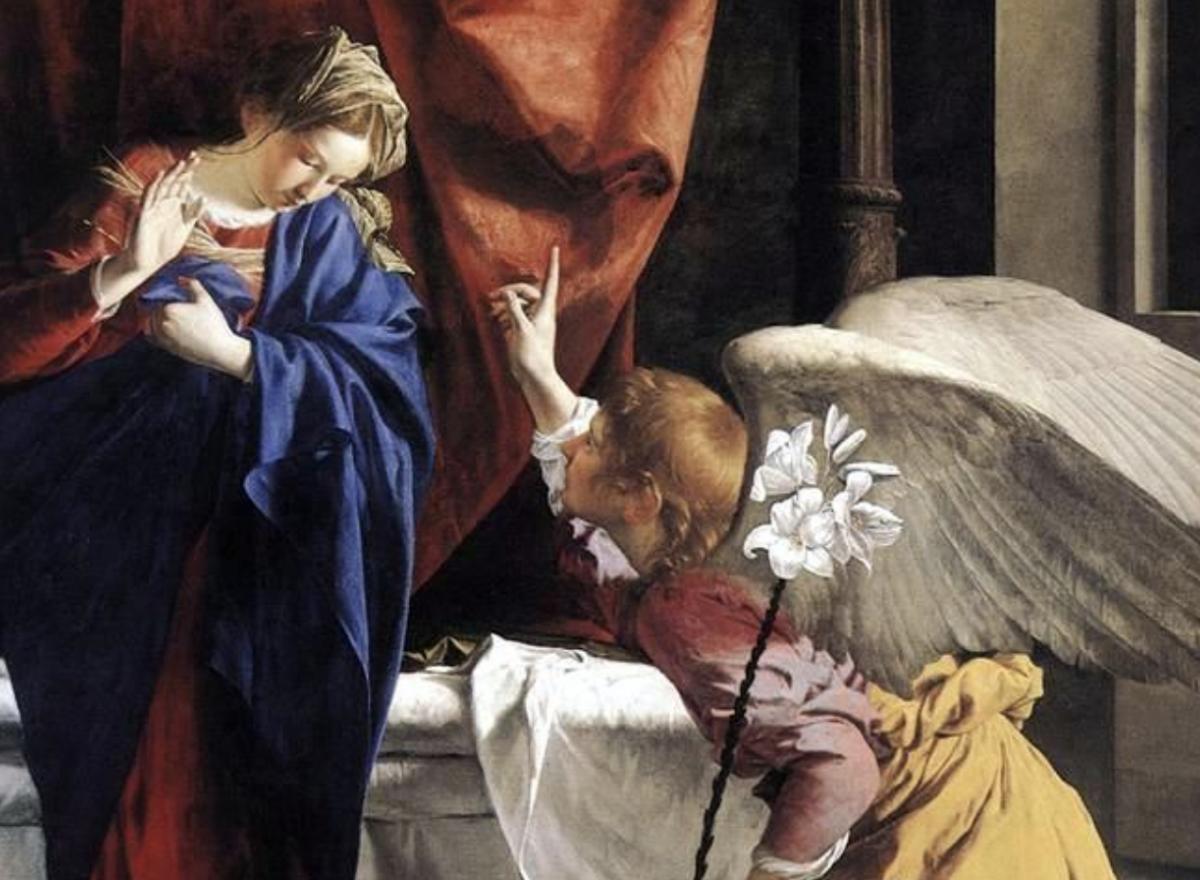


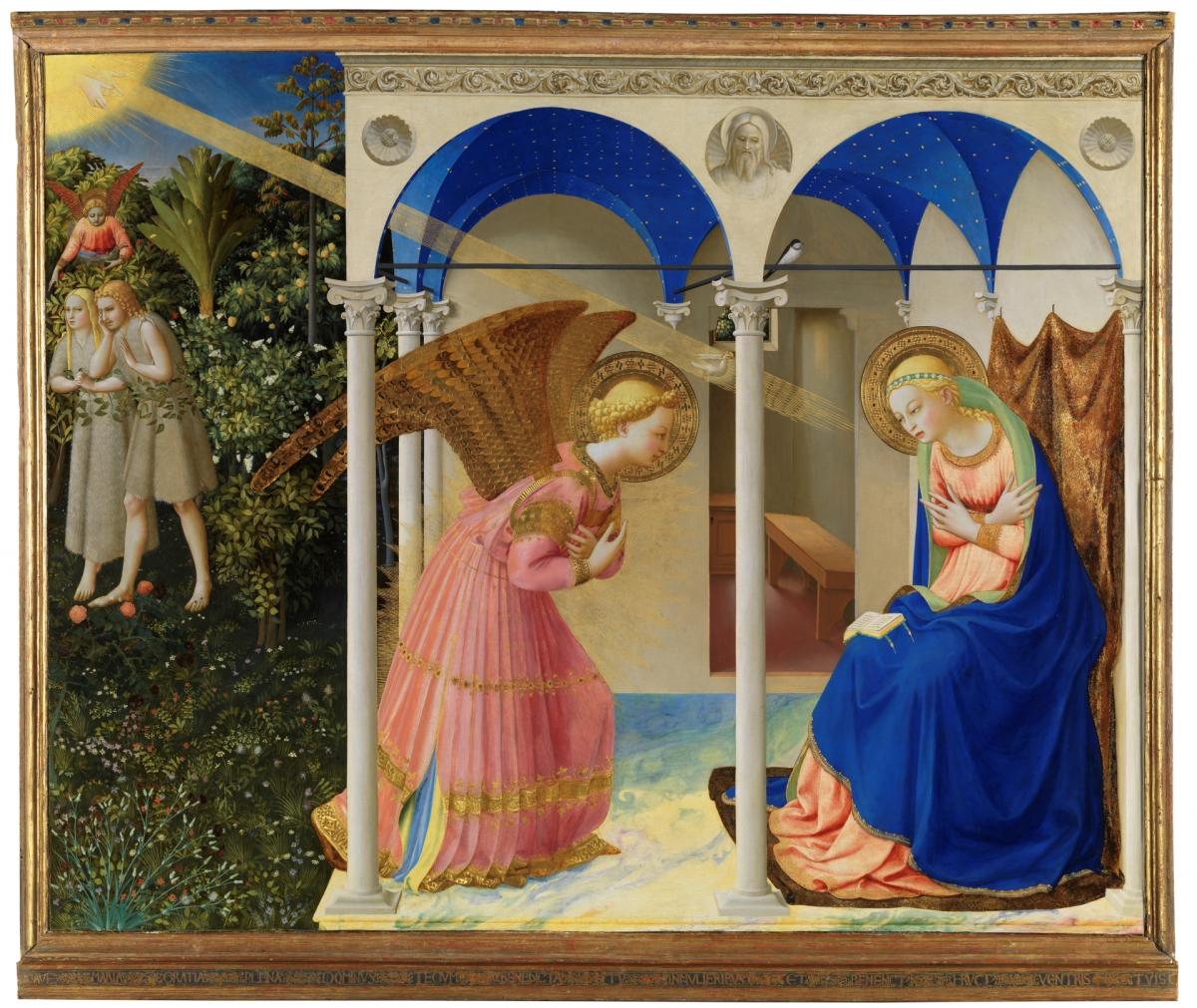
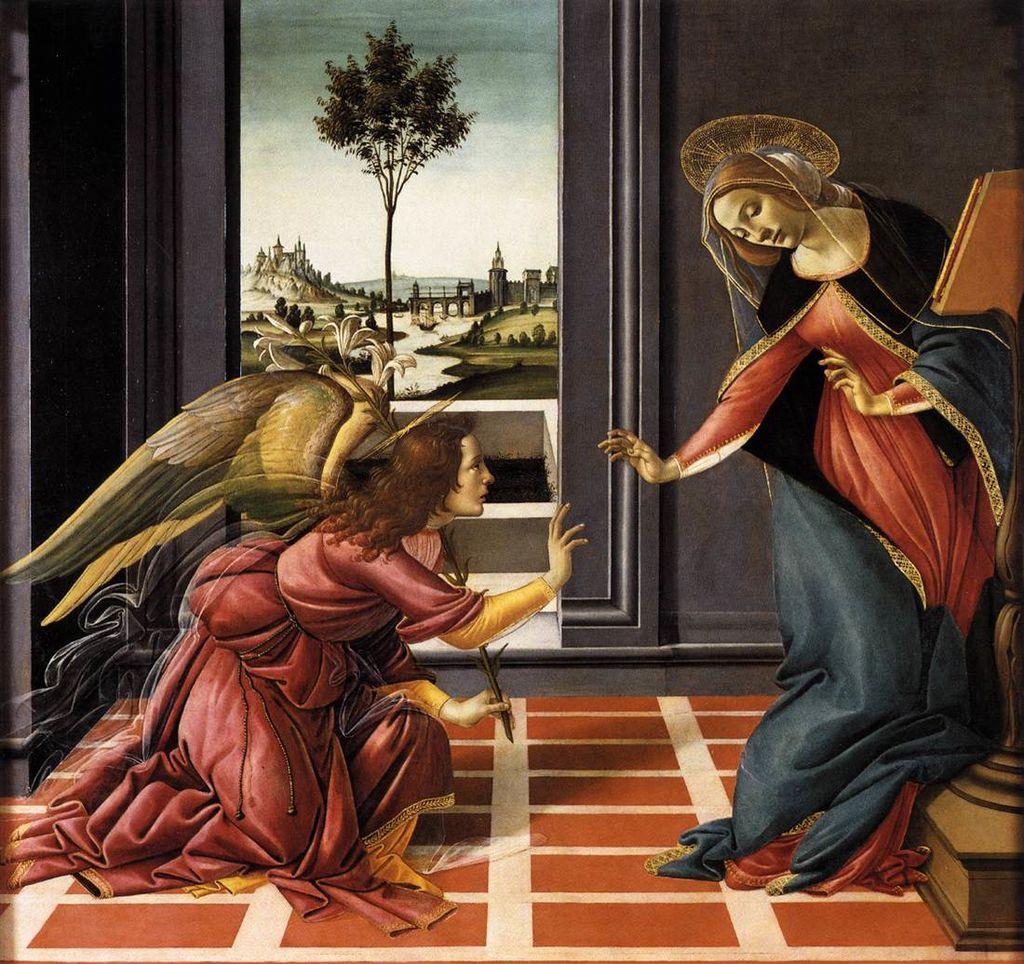
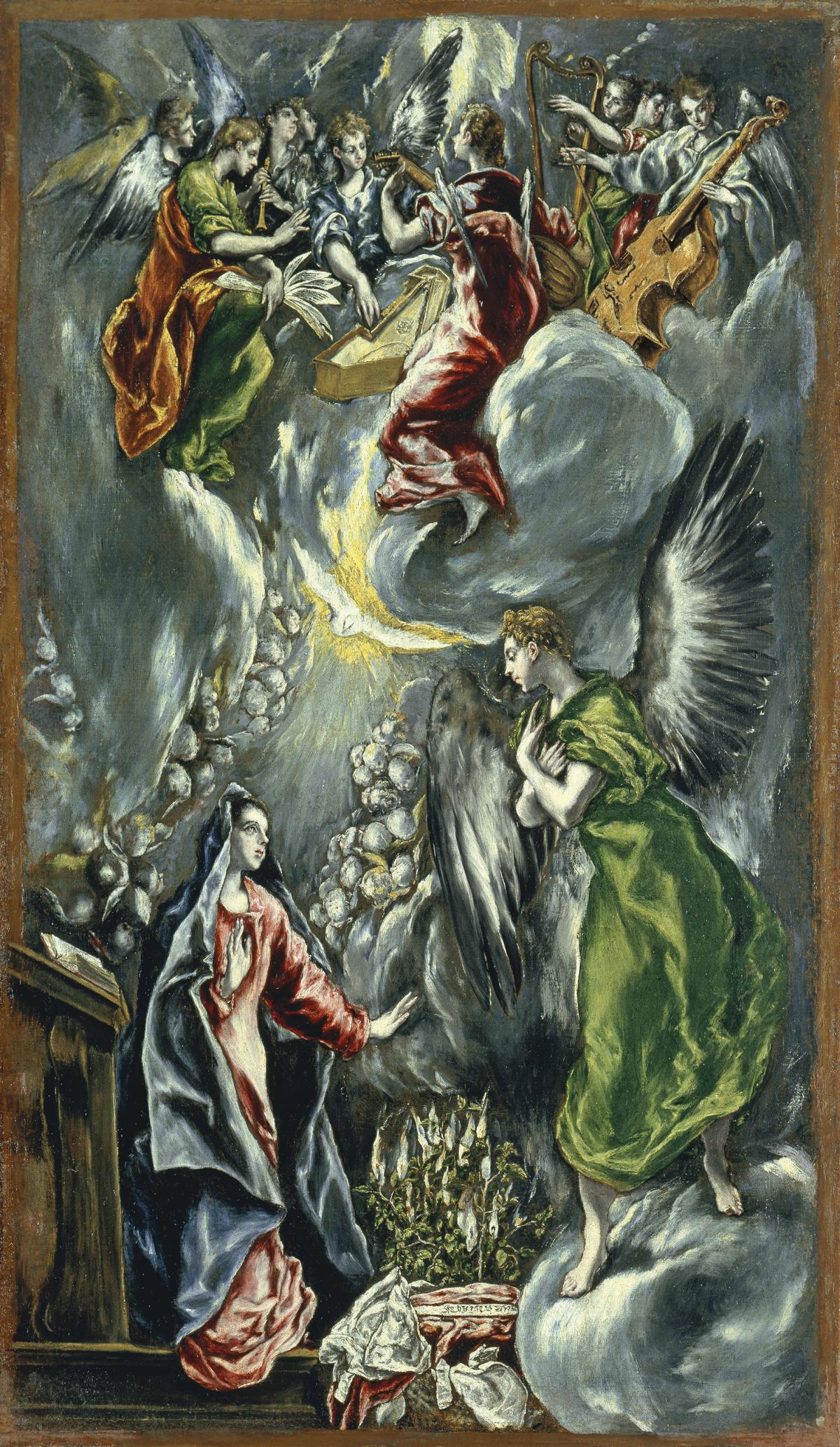
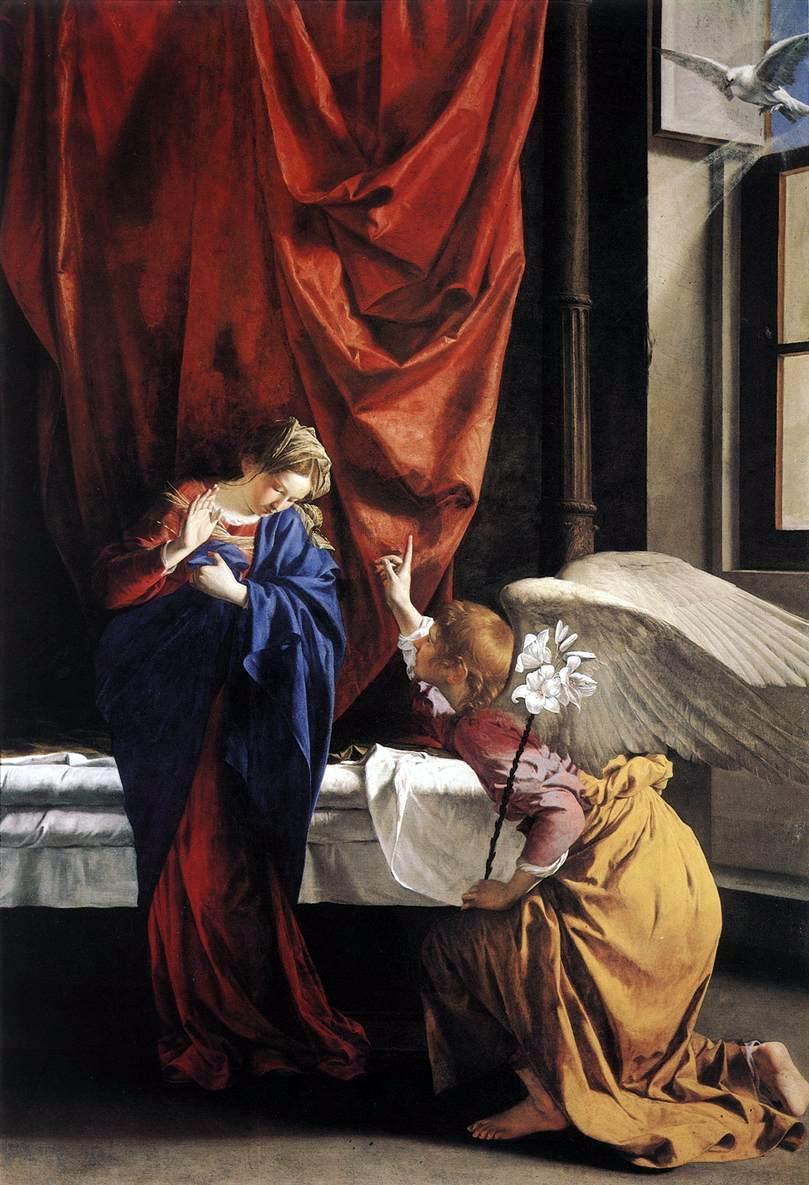
Write a Letter to the Editor on this Article
We encourage readers to offer their point of view on this article by submitting the following form. Editing is sometimes necessary and is done at the discretion of the editorial staff.